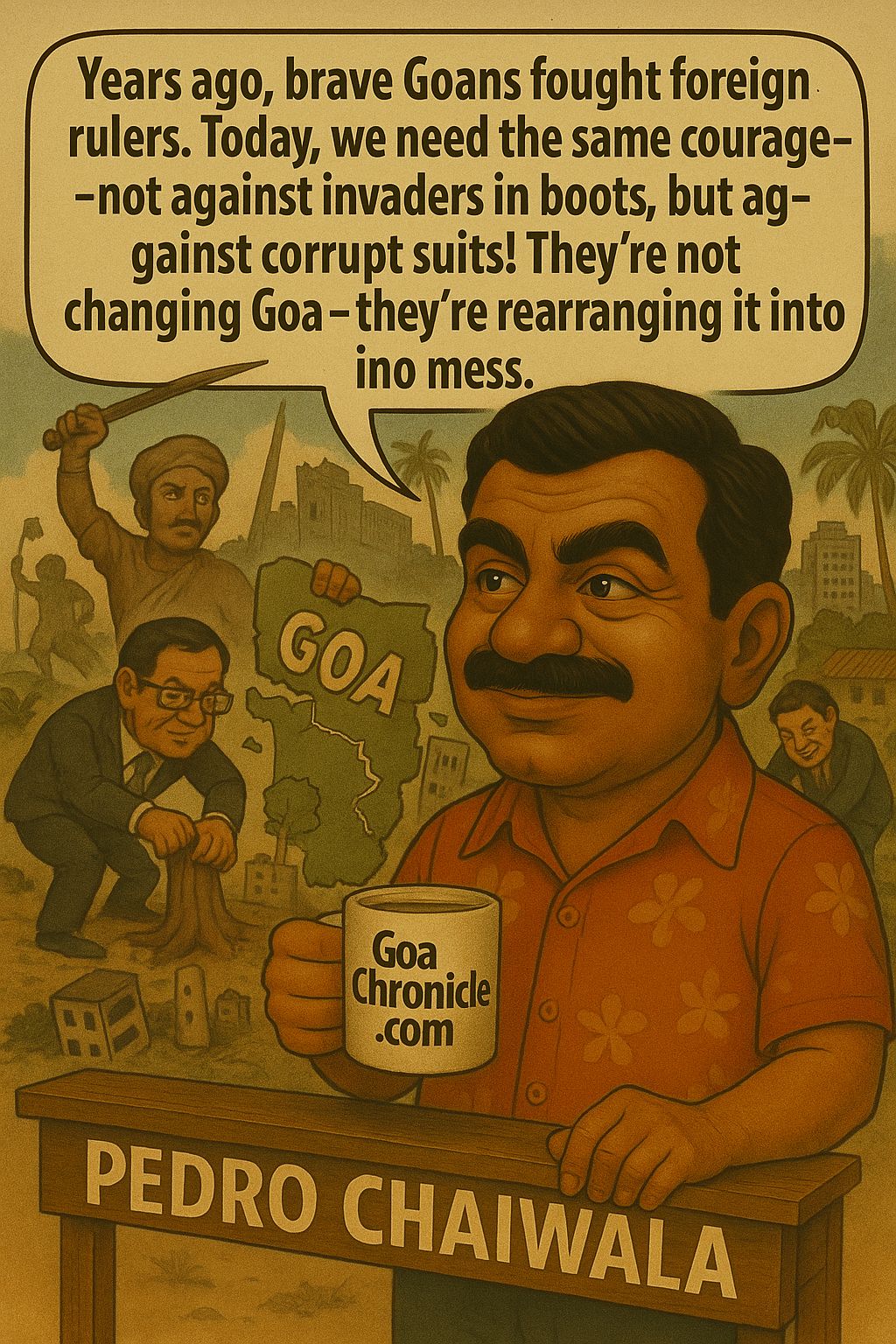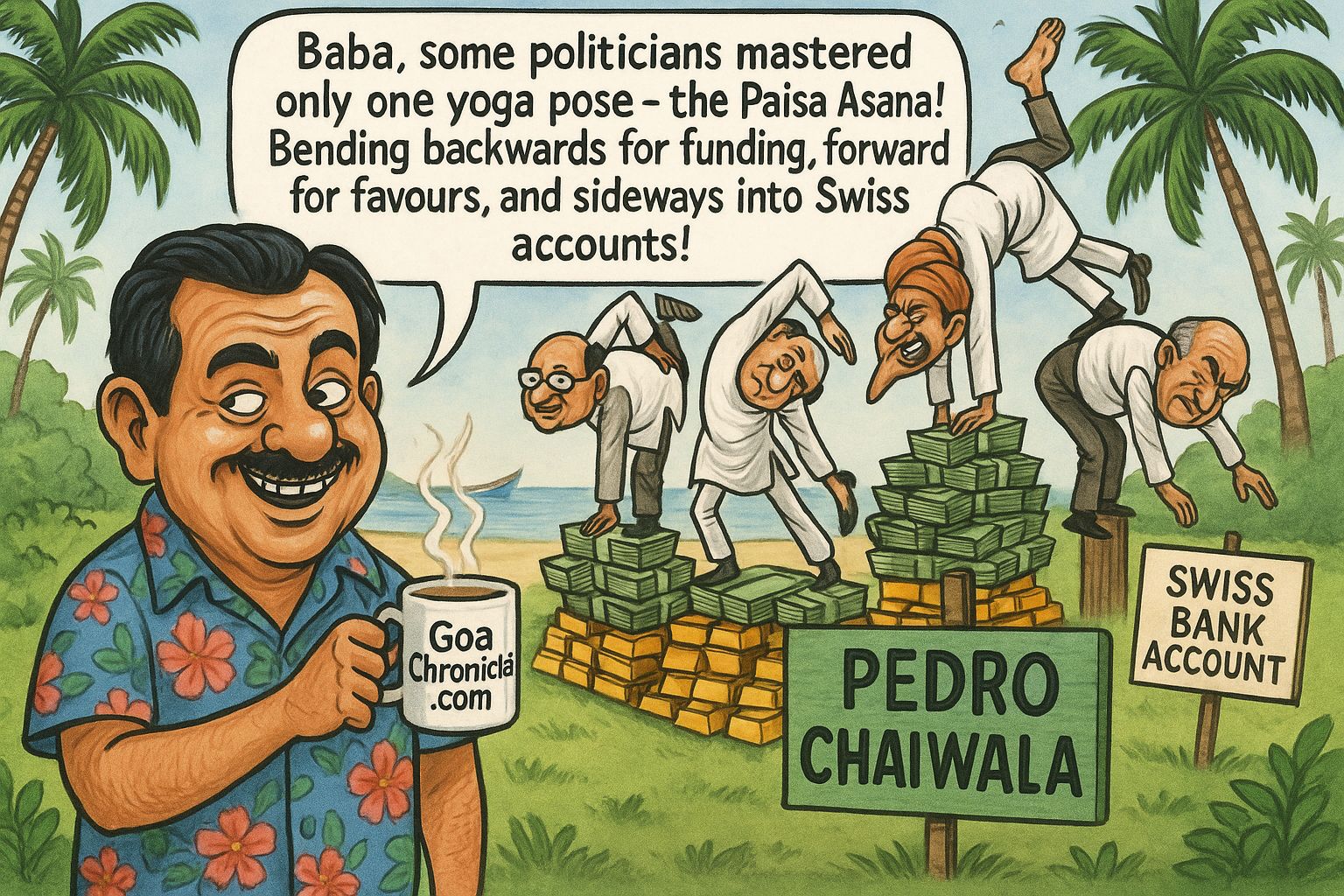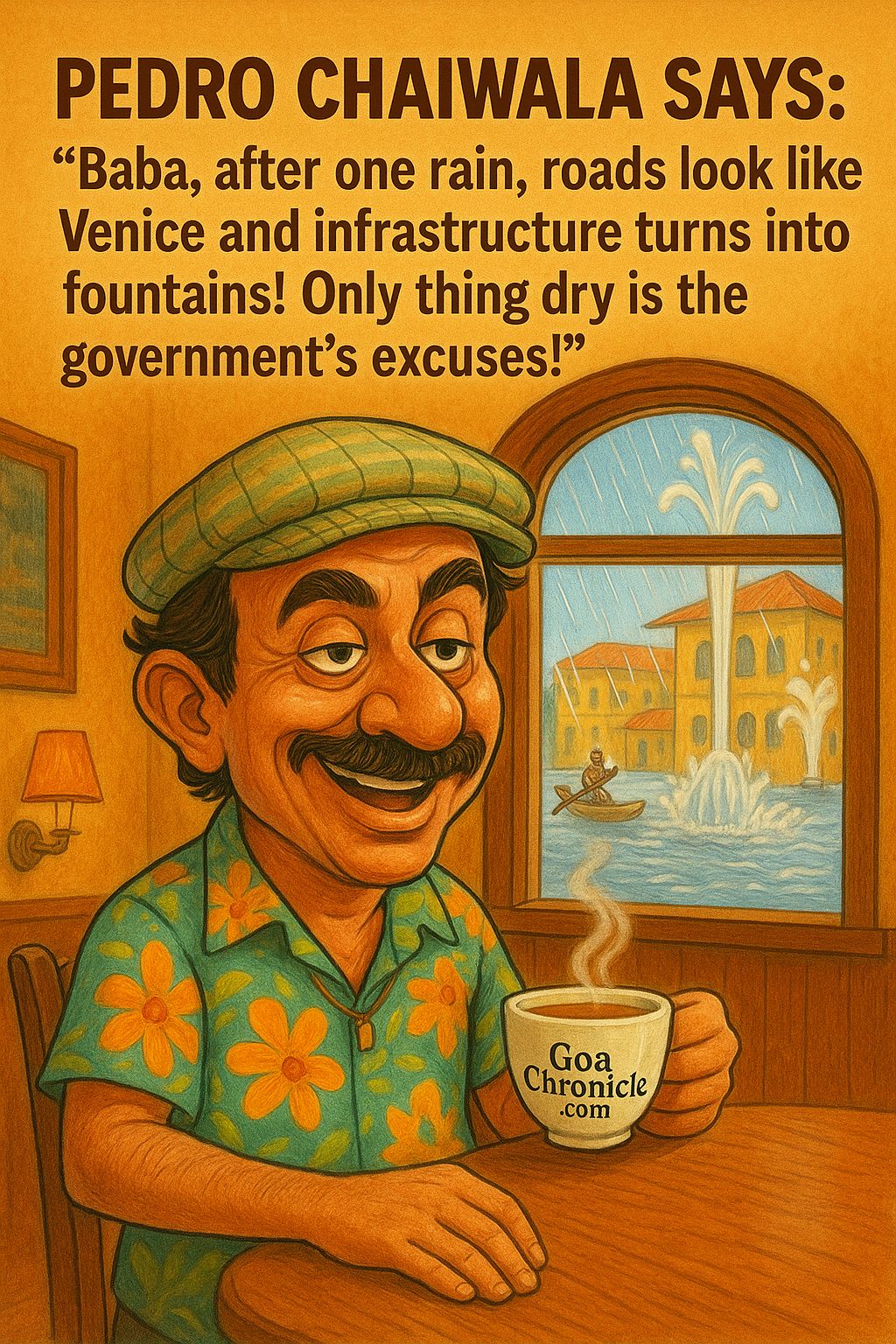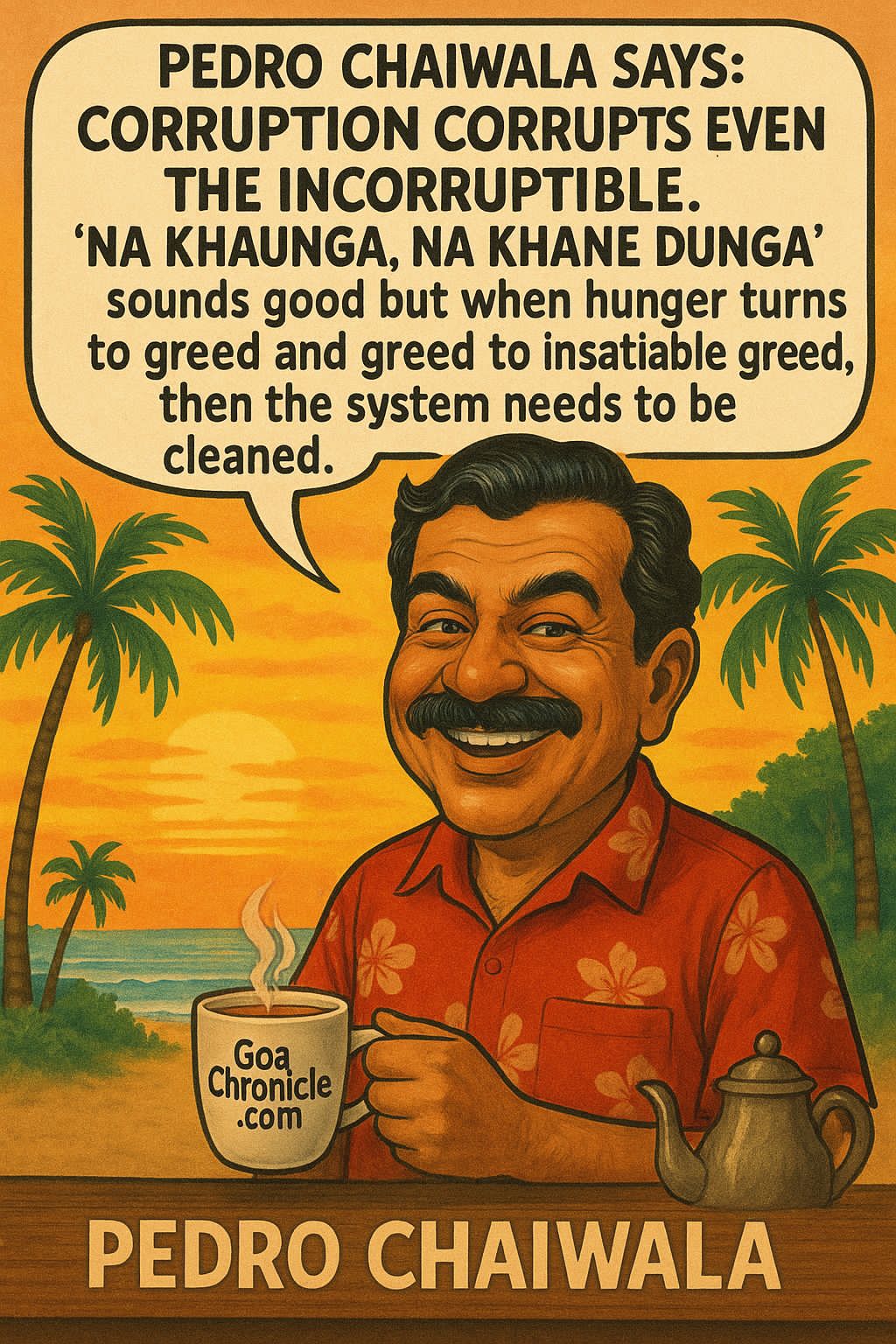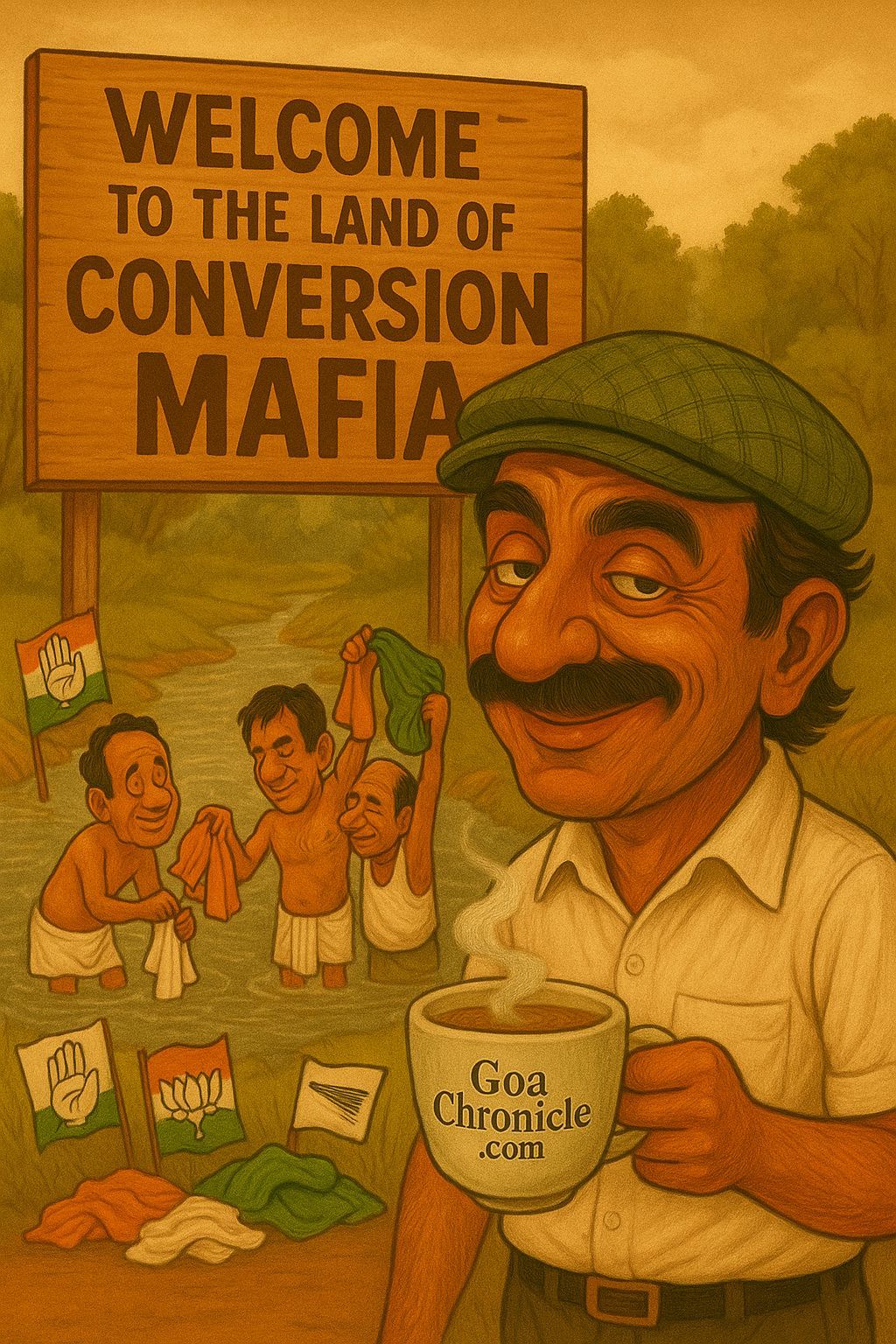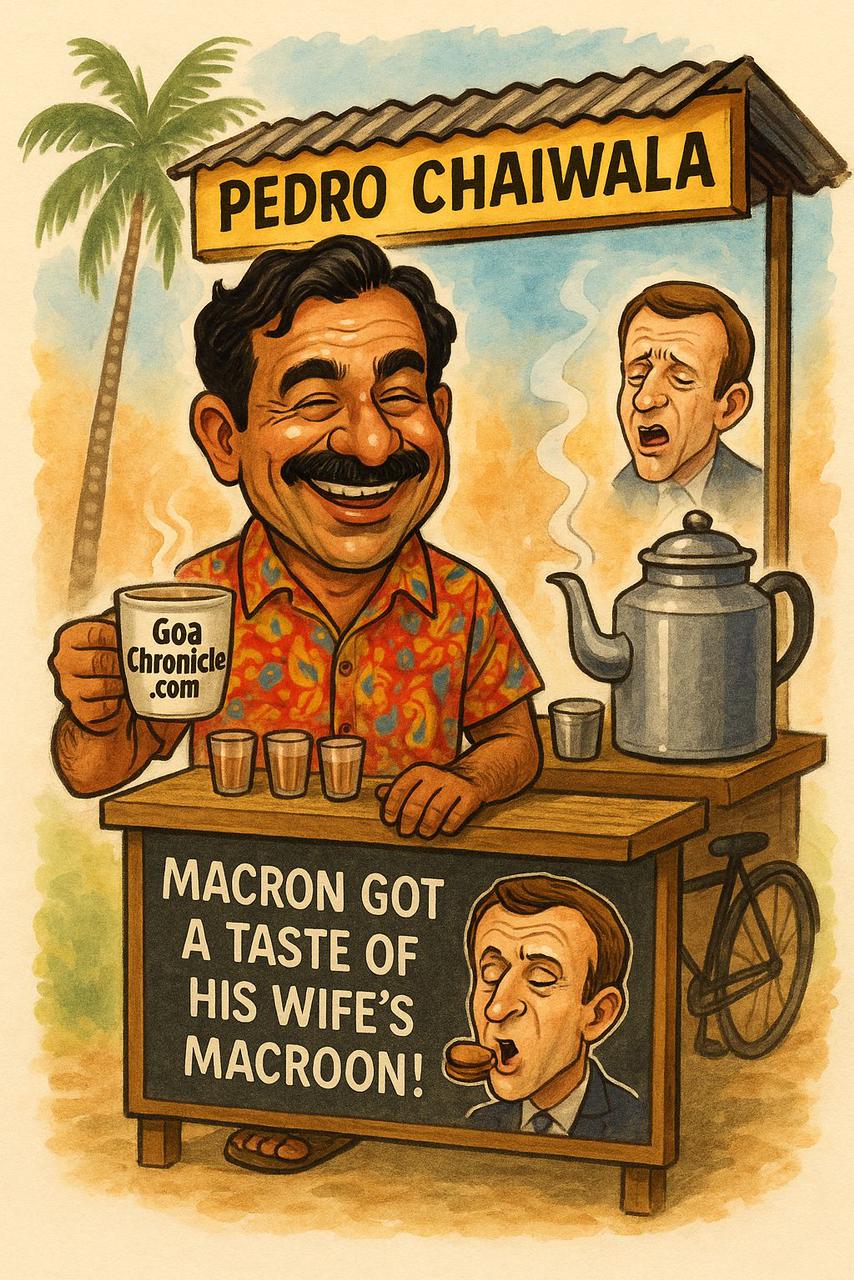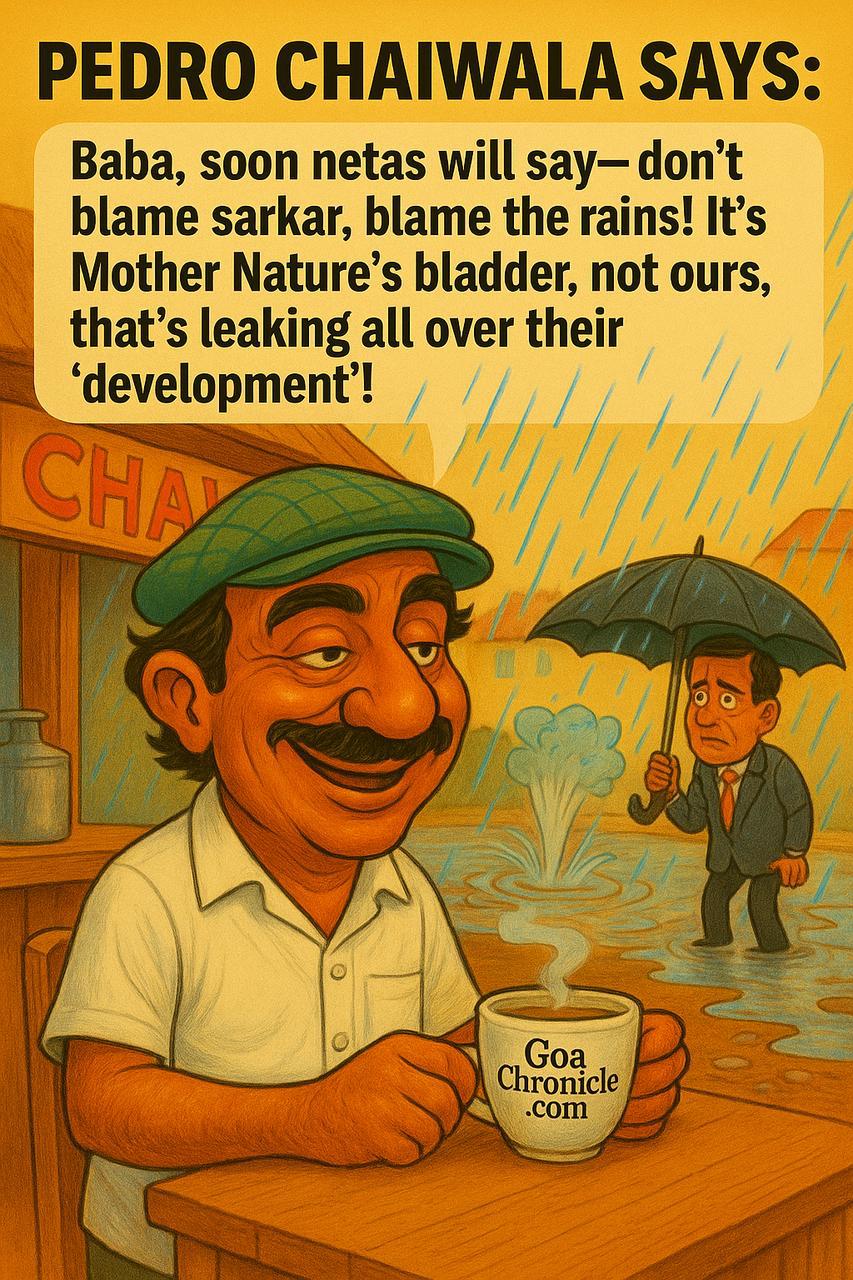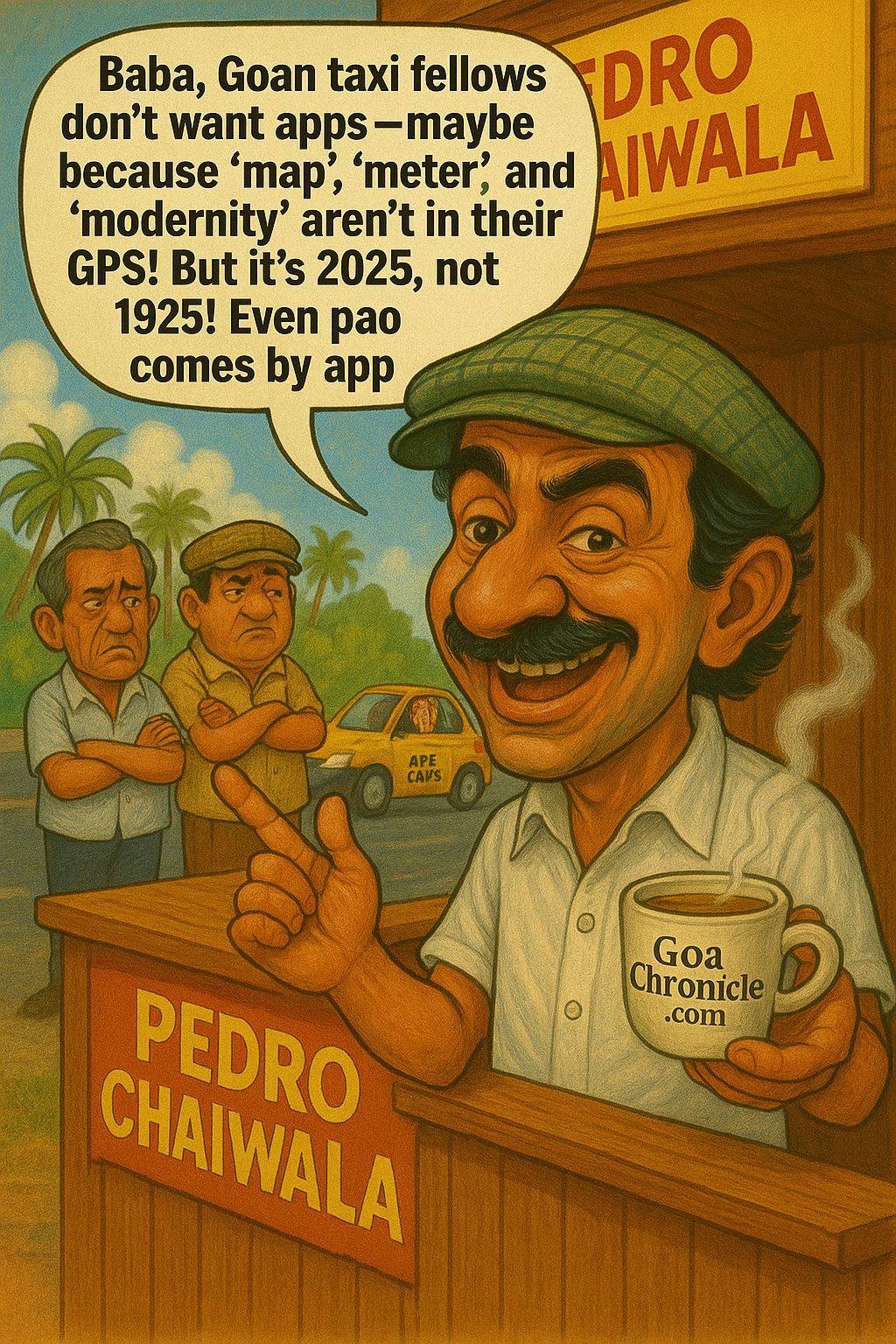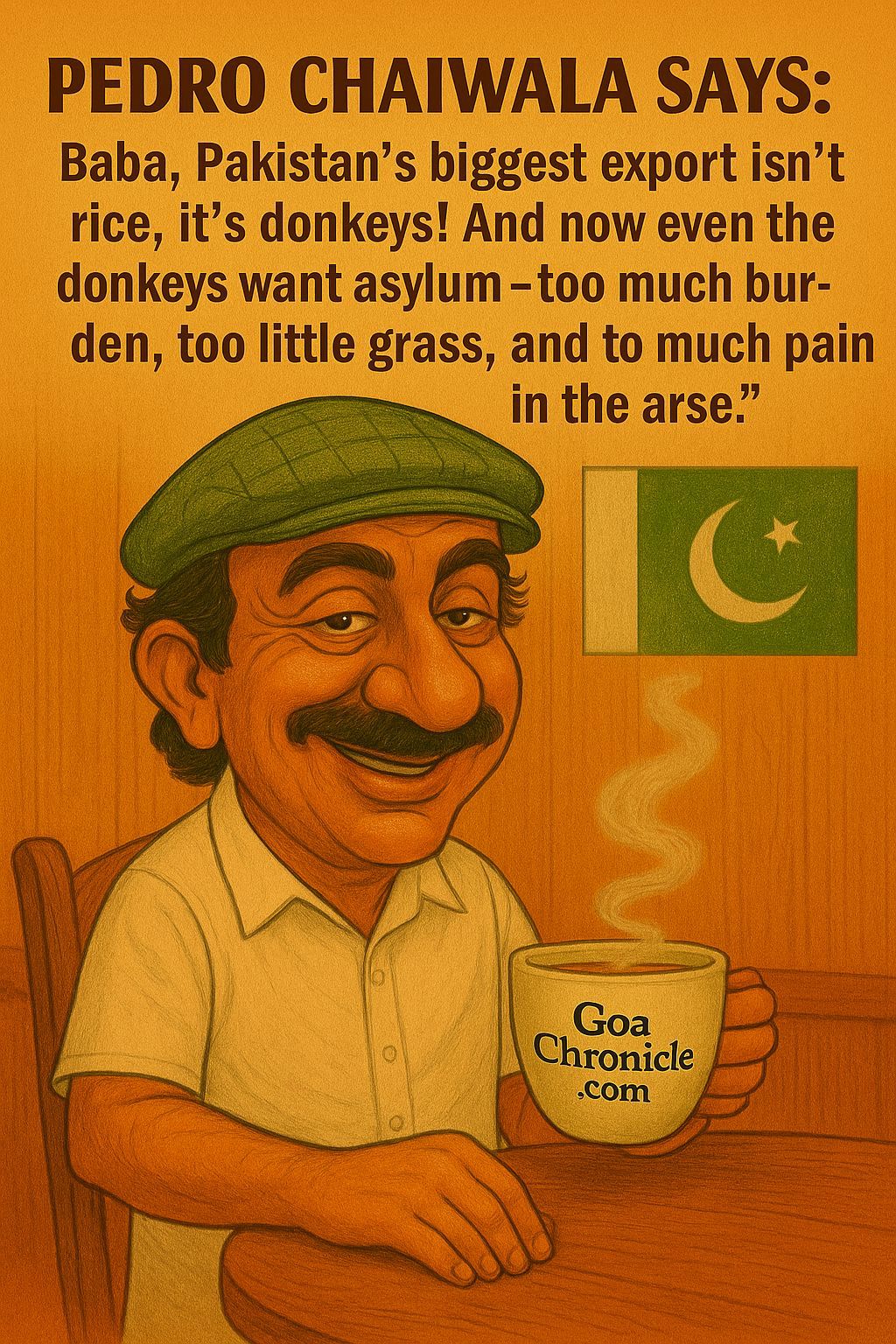Pakistan is falling prey to a vicious cycle of economic crisis, and the citizens are facing shortage of daily requirement commodities like flour, and inflation. Pakistan is now under a debt of 274 billion dollars, which is around 62 lakh crore Pakistani rupees, which is the 90% of its GDP. The country’s condition is worse than Sri Lanka. The foreign exchange reserve is at its lowest in 9 years at 4.3 billion dollars, with which imports can continue for 3 weeks. Due to the crisis of the foreign exchange, crucial materials cannot be imported.
Thousands of containers carrying important material are stuck at the Karachi port due to the lack of payments. In order to pay the debt back, Pakistan needs 8 billion dollars in the first quarter. The Pakistan government had asked for a help of 6 billion dollars from the International Monetary Fund, but the latter put forward a condition of increasing taxes on petrol and diesel, but the Shahbaz government is steering clear of increasing prices before the next elections.
There are five major reasons behind this crisis in the country. Firstly, there is political instability. Before stepping out of office, the Imran Khan government had announced subsidies on petrol and diesel, and now, the Shahbaz government cannot pluck up the courage to roll the subsidies back. If the subsidies are taken back, inflation will reach really high levels with prices hiking. Second, the buying capacity of the people in the lower-middle class and lower class has gone down by 30%. Inflation kept on increasing and the purchasing power kept on dwindling, and this aggravated the crisis. Demand reduced and industries bore the brunt as well.
Third, important material cannot be imported due to the want of dollars. Items like flour, onions, and crucial medicines are unavailable. Material is stuck on the port inside thousands of containers because of not receiving letters of credit from banks. The supply chain is broken. The shipment of soyabean is stalled for 2.5 months now, due to which the prices of poultry items have gone up by 45%.
Fourth, Toyota and Suzuki have shut their car plants, and many plants of the major industry of textiles have also been shut down. Toyota stopped its manufacturing from 30th December, 2022. Due to the lack of demand, the production of cars, tractors, and fibers has either been reduced or shut down completely. Lastly, last year, 80% of the crop yield in the country got destroyed because of the major floods during the summers, and this created a food shortage.






